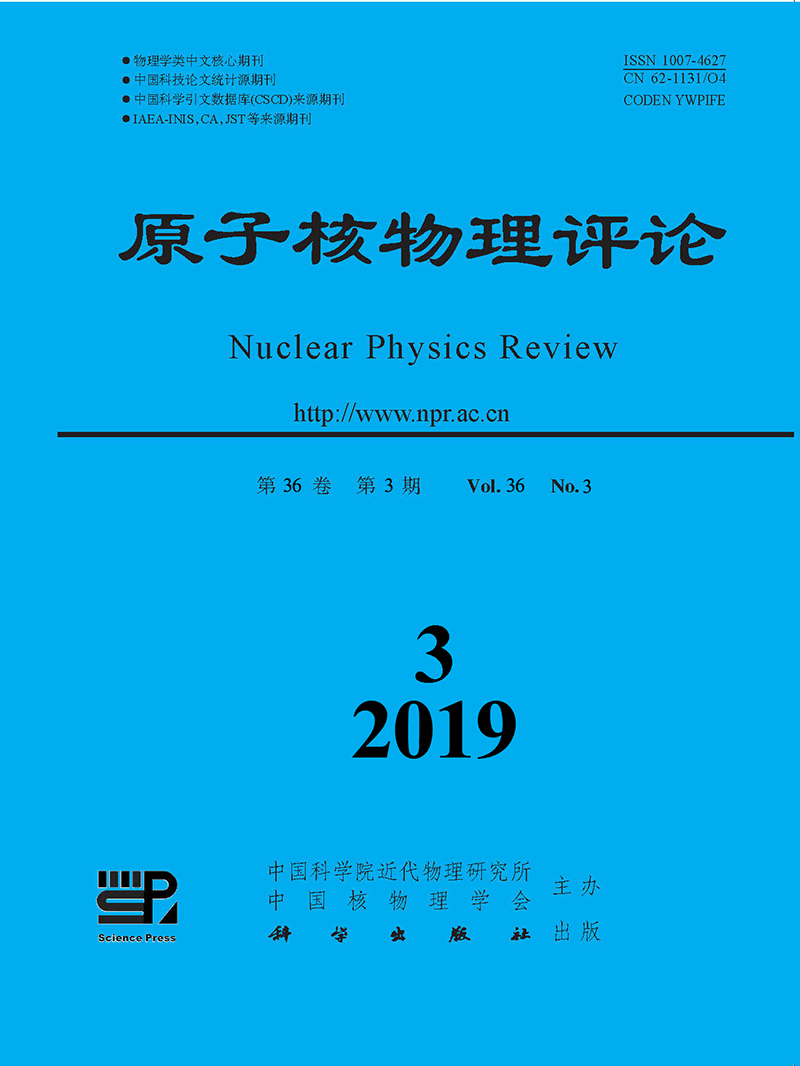|
[1]
|
LUZUM M, ROMATSCHKE P. Phys Rev C, 2008, 78:034915. |
|
[2]
|
SONG H, BASS S A, HEINZ U, et al. Phys Rev Lett, 2011, 106:192301. |
|
[3]
|
CHANG N, CAO S, CHEN B, et al. Phys Lett B, 2004, 595:165. |
|
[4]
|
RELAÑO A, GÓMEZ J M G, MOLINA R A, et al. Phys Rev Lett, 2002, 89:252301. |
|
[5]
|
AAMODT K, ABRAHANTES A, ADAMOVA D, et al. Phys Lett B, 2011, 696:30. |
|
[6]
|
LIN Z, KO C M, LI B, et al. Phys Rev C, 2005, 72:064901. |
|
[7]
|
MATSUI T, SATZ H. Phys Lett B, 1986, 178:416. |
|
[8]
|
EICHTEN E, GOTTFRIED K, KINOSHITA T, et al. Phys Rev D, 1978, 17:3090. |
|
[9]
|
EICHTEN E, GOTTFRIED K, KINOSHITA T, et al. Phys Rev D, 1980, 21:203. |
|
[10]
|
CREUTZ M, HORVÁTH I. Phys Rev D, 1994, 50:3. |
|
[11]
|
EICHTEN E, GOTTFRIED K, KINOSHITA T, et al. Phys Rev Lett, 1975, 34:6. |
|
[12]
|
KARSCH F, LAERMANN E. arXiv:hep-lat/0305025. |
|
[13]
|
BZDAK A, VLADIMIR S. Phys Rev B, 2012, 710:171. |
|
[14]
|
KARSCH F, PETRONZIO R. Z Phys C, 1988, 37:627. |
|
[15]
|
SATZ H. Journal of Physics G:Nuclear and Particle Physics, 2006, 32:R25. |
|
[16]
|
KARSCH F, MEHR M T, SATZ H. Z. Phys. C, 1988, 37:617. |
|
[17]
|
GRECO V, VAN HEES H, RAAP R. AIP Conf Proc, 2012, 1442:117. |
|
[18]
|
DENG W, HUANG X. Phys Rev C, 2012, 85:044907. |
|
[19]
|
JACKSON J. Classical Electrodynamics[M]. 3rd ed. New Jersey:Wiley, 1998. |
|
[20]
|
HEYDE K. Basic Ideas and Concepts in Nuclear Physics:An Introduction Approach[M]. London:Bristol and Philadelphia, 1994. |
|
[21]
|
EARDEN I G B, BEAVIS D, BESLIU C, et al (BRAHMS Collaboration). Phys Rev Lett 2004, 93:102301. |
|
[22]
|
JORKEN J D B. Phys Rev D, 1983, 27:140. |
|
[23]
|
GUO X, SHI S, XU N. et al. Phys Rev B, 2015751:215. |
|
[24]
|
TUCHIN K. Adv High Energy Phys, 2013, 2013:490495. |
|
[25]
|
TOSHIAKI I. Phys Rev E, 1994, 49:4684. |






 甘公网安备 62010202000723号
甘公网安备 62010202000723号 DownLoad:
DownLoad: